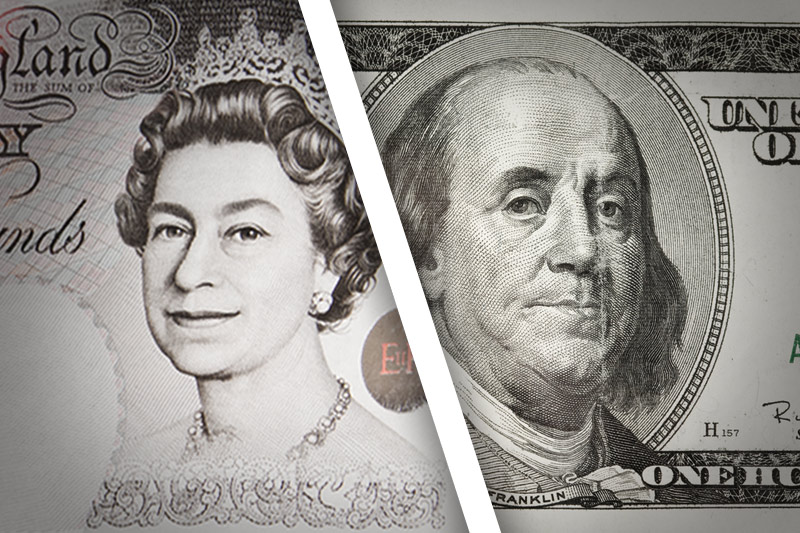Investing.com - The pound held gains against the U.S. dollar on Thursday, as growing expectations for the Bank of England to soon raise interest rates continued to support demand for sterling.
GBP/USD hit 1.6842 during U.S. morning trade, the pair's highest since June 6; the pair subsequently consolidated at 1.6829, rising 0.24%.
Cable was likely to find support at 1.6744, the low of June 10 and resistance at 1.6882, the high of May 27.
The pound strengthened on Wednesday after data showed that the U.K. unemployment rate fell to 6.6% in the three months to April, the lowest since early 2009. The consensus forecast had been for a decline to 6.7% from 6.8% in the previous three months.
In addition, the claimant count, or number of people receiving jobless benefits fell by 27,400, ahead of forecasts for a for a decline of 25,000 people. April’s figure was revised to a drop of 28,400 from 25,100.
Earlier in the week, BoE policymaker Ian McCafferty said the bank is moving closer to hiking rates and added that economic data over the coming months would be key in determining the exact timing of a rate increase.
In the U.S., the Labor Department on Thursday reported that the number of people filing for initial jobless benefits in the week ending June 7 increased by 4,000 to 317,000. The consensus forecast had been for a decline of 3,000.
The unexpected increase in jobless claims was not seen as altering the view that the labor market is continuing to gradually improve.
At the same time, the Commerce Department said U.S. retail sales rose 0.3% in May, falling short of expectations for a 0.6% gain. However, retail sales for April were revised up to a 0.5% gain from a previously reported increase of 0.1%.
Core retail sales, which exclude automobile sales, eased up 0.1% in May, disappointing forecasts for a 0.2% increase. Core sales in April were revised up to 0.4% from a previously reported flat reading.
Sterling was higher against the euro, with EUR/GBP slipping 0.17% to 0.8046.
Also Thursday, Eurostat said industrial production in the euro zone increased by 0.8% in April, above forecasts for a 0.4% gain. Industrial production in March was revised down to a decline of 0.4% from a previously reported drop of 0.3%.
